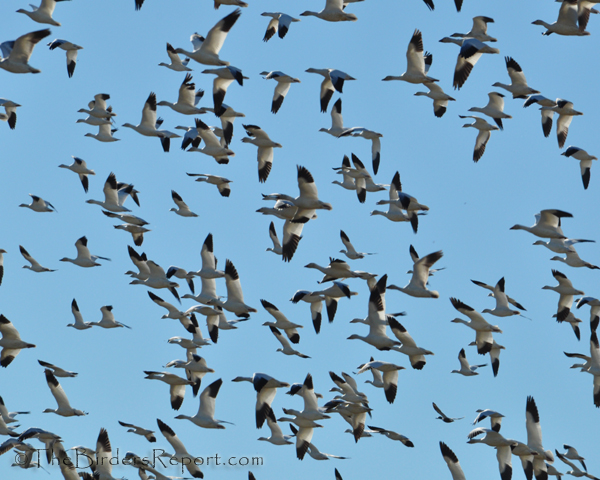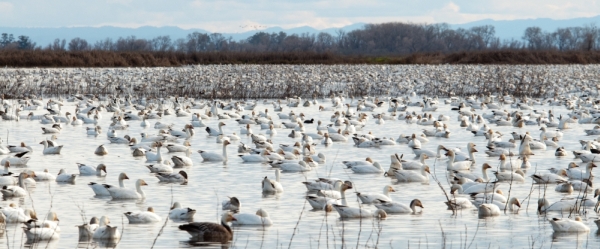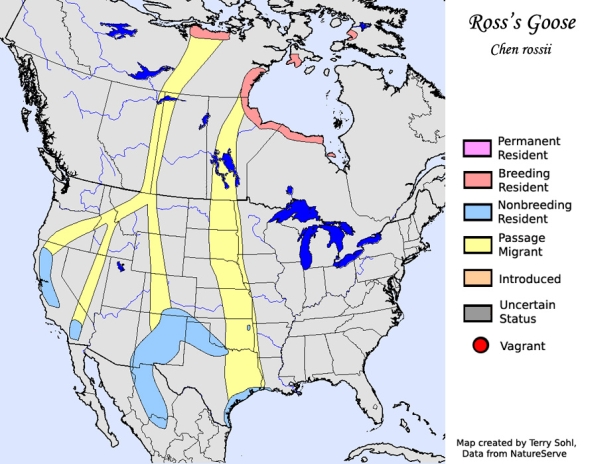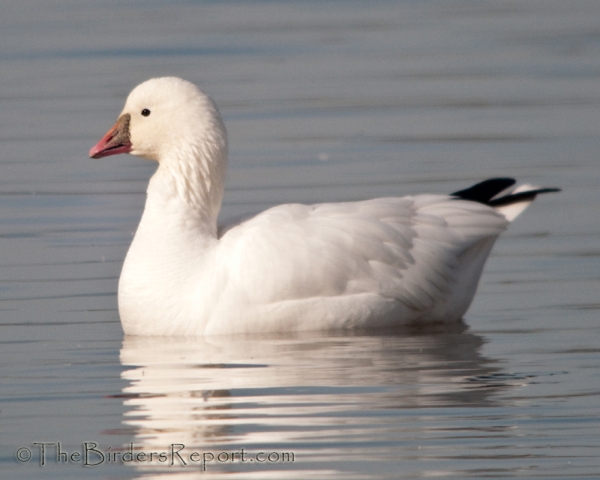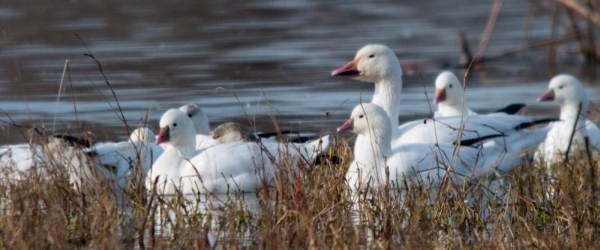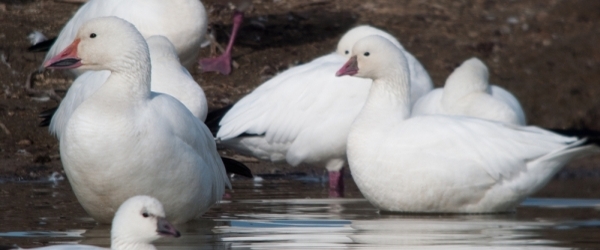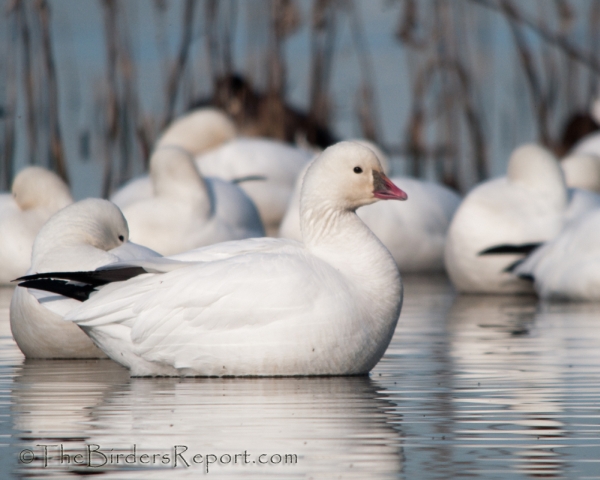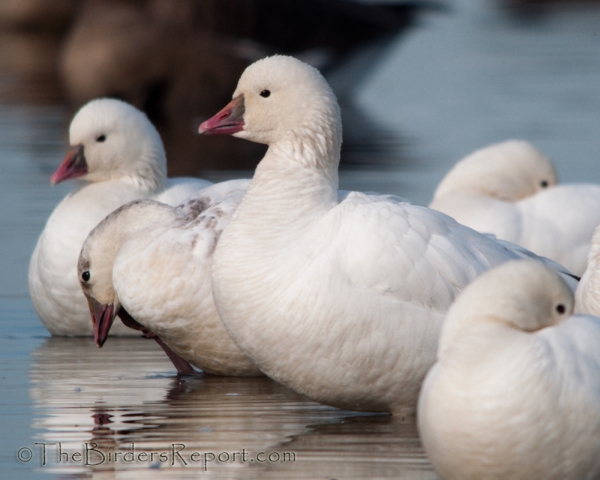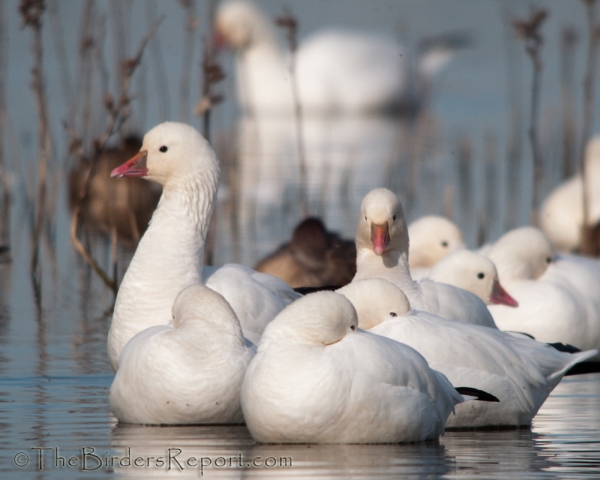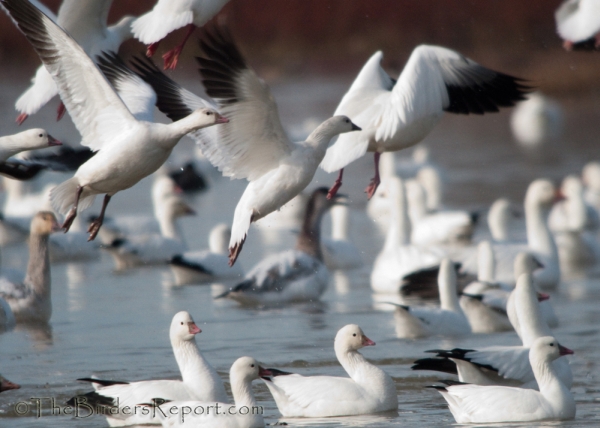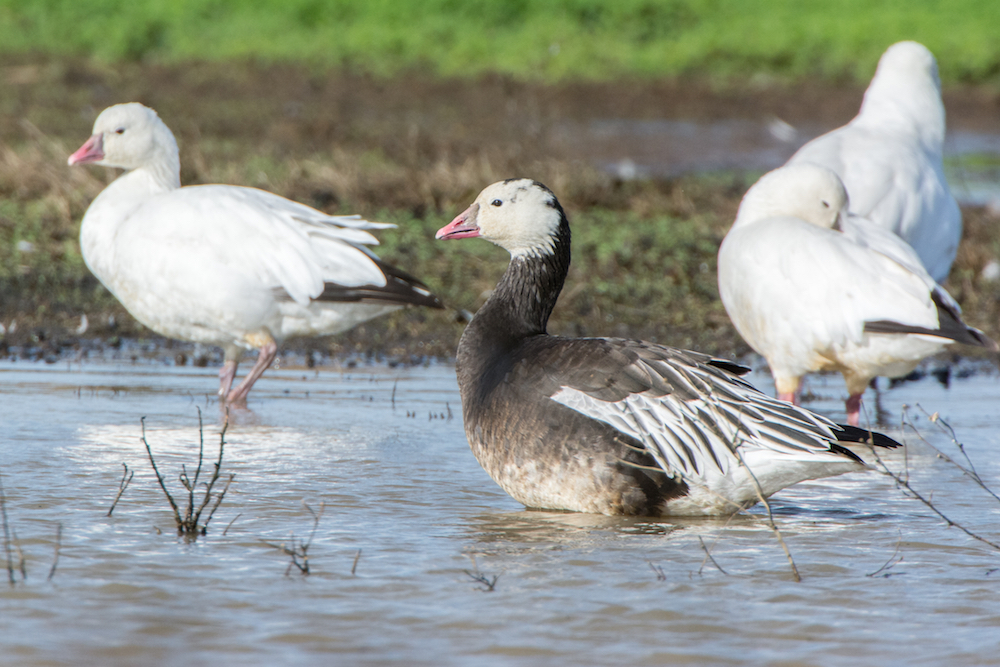
Have you ever had trouble identifying a duck flying overhead at your favorite lake or river? Can you ID flocks of birds as you scan an open waterway at Turtle Bay or the Sacramento Wildlife Refuge? If you’d like to learn more about identification of our local waterfowl you won’t want to miss this presentation.
Welcome Mike Carion, a retired Chief of Law Enforcement for the California Department of Fish and Wildlife and a former Wintu Audubon board member. He got his degree in wildlife management from Humboldt State and spent thirty-two years as a game warden of various ranks, training all of the wardens in many areas including waterfowl enforcement. He retired in 2014 then assisted Hawaii Department of Wildlife in the development of a training academy for wardens and began working for Ducks Unlimited until July of 2020 when he officially retired again and moved to Hawaii with his wife Nicole and started an Audubon group there. Mike’s presentation will cover how to identify the species of ducks and geese most likely to be found in Shasta County and surrounding areas. He will discuss helpful identifying characteristics of these waterfowl to narrow down the possibilities we encounter in the field.
Wintu Audubon Society is inviting you to a scheduled Zoom meeting.
Topic: Waterfowl Identification
Time: Jan 11, 2023 07:00 PM Pacific Time (US and Canada)
Join Zoom Meeting
https://us06web.zoom.us/j/
Meeting ID: 881 4916 4589
One tap mobile
+12532158782,,88149164589# US (Tacoma)
+12532050468,,88149164589# US
Dial by your location
+1 253 215 8782 US (Tacoma)
+1 253 205 0468 US
+1 719 359 4580 US
+1 346 248 7799 US (Houston)
+1 669 444 9171 US
+1 669 900 6833 US (San Jose)
+1 689 278 1000 US
+1 929 205 6099 US (New York)
+1 301 715 8592 US (Washington DC)
+1 305 224 1968 US
+1 309 205 3325 US
+1 312 626 6799 US (Chicago)
+1 360 209 5623 US
+1 386 347 5053 US
+1 507 473 4847 US
+1 564 217 2000 US
+1 646 931 3860 US
Meeting ID: 881 4916 4589
Find your local number: https://us06web.zoom.us/u/

